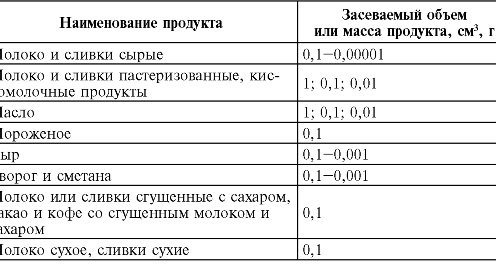Sanitary Microbiology Hygienic Micro-Organisms

Sanitary microorganisms used to assess the quality of milk and dairy products include: aerobic and optional-anaerobic mesophilic organisms (total bacteria), bacteria of the group of boiler sticks; coke interot; coagulaceans per-operative staphylaxis; bacteristics of the protefruit group; ana. Total Microbiology The basic requirements must be met by saiatric and visual micro-organisms used to determine the possibility of substitution of objects by humans and animals, and hence pathogenic micro-organisms. No group of hygienic micro-organisms meets all the requirements in milk research. The most significant properties that reduce the value of these microms are the total number of bacteria of different species under certain cultivation regimes. Aerobic and conditional microorganisms may be classified as sanitary hygienic indicators at least as other sanitary-proof microorganisms. However, products that detect a large number of bacteria, even negligent and non-selective organoleptic indicators, cannot be considered full for health reasons. A large number of viable cells in food products indicate either a lack of thermal treatment of raw materials, or a lack of melting and disinfection of equipment, or poor storage conditions under which certain groups of micro-organisms are developed. High bacteria is an indication of the possible deterioration of products. Food content 106-108 microorganisms in 1 g is a sign of insanity. The quality assessment of total bacteria products has several disadvantages: - No anaerobs are accounted for, partly counting psycho-troph or thermophilic microorganisms; This method cannot be used to estimate a large group of products, in particular acid-mild products and cheese; only quantification of microfloras without reference to its quality. The advantages of accounting for the total number of bacteria are the possibility of control * level. ♪ ♪ |








